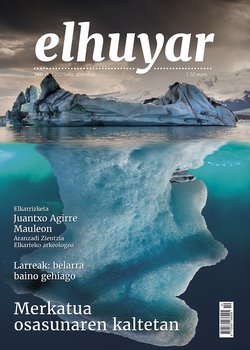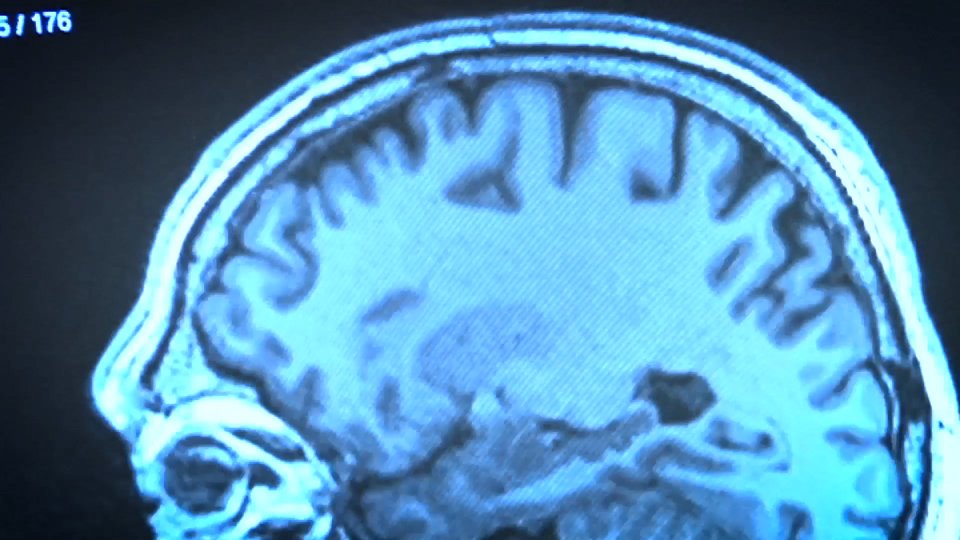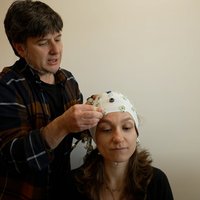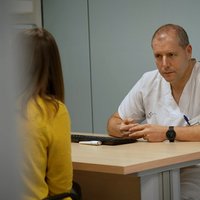Javier Gorosabel: "We have a year of permission to use the Hubble telescope"
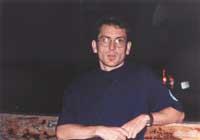
They have just obtained the authorization to use the Hubble Space Telescope within an international project. How do I get this type of permissions?
The use projects of the Hubble Space Telescope (HST) are presented, obtaining the permits depending on the weight of the project. These permissions are measured in the orbits provided by the telescope. For a normal project, between 3 and 5 orbits are assigned. Our project is international and the one that received the most orbits this year, 180.
How long have you obtained the authorization?
It is normal to obtain permits of six months, but for large projects one year is granted. We have obtained a year of permission.
Do you need to meet special conditions to use Hubble?
To go to the Hubble center you need to be an American or have a Hubble contract. With these conditions they manage to stop the science of big projects in the United States. I will enter as a Hubble contractor.
But if the Hubble Telescope is funded by NASA and ESA, how do Americans have so much control?
ESA only has 5% of Hubble's time of use. As we said, our project is 180 orbits. This means one-third of the total use time of Hubble, i.e. the time corresponding to NASA.
Who will form the team to carry out this great project?
Five astrophysicists will come to Baltimore: an American, an English, a Norwegian, a PhD student who accompanies me. The contacts I made during my stay at the University of Armamsterdam have helped me to participate in this project.
What do you have to analyze?
We investigate gamma ray explosions. These explosions occur in very distant galaxies and cannot be seen with conventional telescopes. In fact, very weak images of these galaxies are obtained from the Earth, so for good research we must use the most advanced instrumentation we currently have. The best telescope is Hubble and the second best Very Large Telescope (VLT) in Chile. We are authorized to use these two telescopes to carry out our project: 24 nights in VLT and 180 orbits in Hubble.

When you started researching gamma rays you saw only one or two explosions a day. Over time you have realized that they are more frequent. How often are they currently seen?
That's a good question, because one thing is what we see and another is what happens. The explosions of gamma rays currently observed account for 3% of those that occur.
Why is it so difficult to see those explosions?
Gamma ray emission occurs at a very low angle. It is not spherical, as emitted by a bulb. Therefore, to see the explosion, the telescope should be directed exactly at that angle. If you are a little skewed you do not see.
That is why it is so difficult to see these explosions. They look three a day, but there are many more explosions that are not in our vision. This number should multiply between 500 and 1,000 times. This has very important consequences in cosmology, since if these explosions occur in the stars, it means that the stars that are at those great distances are 1,000 times more than those seen now. This, of course, has great implications in the structure of the universe.
But if you do not know where the explosions pass, how did you decide the direction of the telescope?
We know more or less where the explosion occurs. To do this, we use satellites with gamma ray detectors. Our atmosphere is not transparent to gamma rays and therefore there are detectors in orbit.
These satellites, when detecting the gamma ray, send the signal to NASA, from where messages are sent to mobile phones. We, in an interval of 30 seconds and 1 minute, collect the coordinates and place the telescope towards those coordinates. However, these coordinates present an error of approximately one degree.
This error is very big, since what we see with a telescope is only a small part. In astronomy a degree is divided into 60 minutes (60’) and the normal size of the visible part with a telescope is 5’x5’. Therefore, to see a degree it is necessary to make a kind of mosaic. Then the search starts, we try to find a star or something that is not cataloged.

Are you able to correct other telescopes in the direction in which you detect gamma rays? For example, XMM ESA?
This is not easy, because while here is night in other places it is day, so telescopes should be spread all over the world. This requires great collaborations. We have collaborations in India, Chile and New Zealand.
The biggest question about gamma rays refers to their origin. For now, what are the hypotheses to explain the formation of explosions?
There are currently two theoretical families. In both cases black holes are used to explain the energy, but differently. These explosions emit, in a second, 1,000 times more energy than the Sun emits throughout its life. To explain these enormous amounts of energy, ordinary things are useless. Black holes can explain a large emission of energy of this type, but for this two possible scenarios are defined.
One theory states that black holes can orbit each other by forming binary systems. These systems emit, slowly and with very little energy, gravitational waves until this planetary system breaks and both components come together. That is, they fall on top of each other, like a spiral. When this implosion occurs it is considered that these energies can be given.
The second theory is based on hypernovas. In hypernovas there is an implosion of the inner layers and a black hole. Subsequently, the outer layers fall into the black hole and in this fall gamma rays are emitted. The application of physics to this scenario allows to explain this type of gigantic energies.
Javier Gorosabel, astrophysicist
Javier Gorosabel, a 33-year-old Eibarrés, completed the first three years of physics at the Leioa school. He completed the 4th and 5th courses twice at the Complutense de Madrid. The first time he specialized in astrophysics and the second in theoretical physics. He did his thesis on gamma rays at the Laboratory of Space Astrophysics.

He then spent four years at the ESA satellite control center in Villafranca de Castillo. During that time he had the opportunity to go outside. He spent six months at Harward University, four months at Berceley University and three months at the University of Amsterdam.
Postdoctoral with a Marie Curie scholarship at the Niels Bohr Institute in Copenhagen.
He currently works at the CSIC, the Instituto de Astrofísica de Granada, with a contract with Ramón y Cajal. However, within the framework of an international project on gamma ray explosion, the Hubble Space Telescope has been authorized and will shortly travel to Baltimore, the center of Hubble.
Buletina
Bidali zure helbide elektronikoa eta jaso asteroko buletina zure sarrera-ontzian


